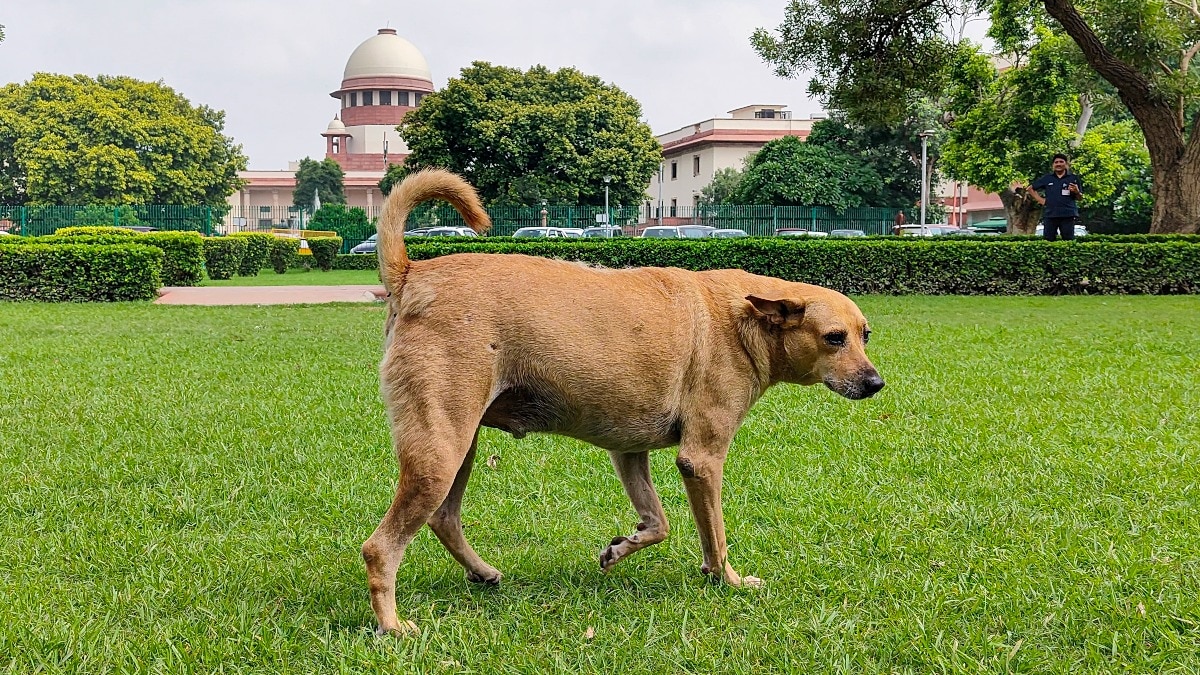
Signs and symptoms: How authorities identify rabid and aggressive stray dogs
How did your country report this? Share your view in the comments.
Diverging Reports Breakdown
Signs and symptoms: How authorities identify rabid and aggressive stray dogs
The Supreme Court of India has issued directions regarding capturing and handling rabid and aggressive dogs. The order directs authorities to sterilise, deworm, and vaccinate these dogs and then release them back to the same locality. The process of identifying rabid dogs in India is governed by a combination of statutory rules, municipal protocols and guidelines that may have been laid down by the local authorities. The objective of the framework is to balance the need for humane treatment of stray animals along with the safety needs of the public. The rules outline a structured approach for the apprehension, identification, and fate of rabid dogs, but their actual enforcement involves several agencies and steps that need to be taken before a dog can be captured and dealt with. The decision addresses gaps that exist in the 2023 Rules.
The process of identifying rabid dogs in India is governed by a combination of statutory rules, municipal protocols and guidelines that may have been laid down by the local authorities. The objective of the framework is to balance the need for humane treatment of stray animals along with the safety needs of the public.
advertisement
Under the Animal Birth Control (ABC) Rules — both the 2001 rules and the updated 2023 version — dogs suspected of rabies can be captured and isolated. But, at the same time, the identification and handling process involves explicit procedural safeguards.
The rules outline a structured approach for the apprehension, identification, and fate of rabid dogs, but their actual enforcement involves several agencies and steps.
As outlined in the Rules, the local authorities can act either on the basis of their own information or on receipt of a complaint. Rabid dogs are identified primarily through observation of clear clinical and behavioural signs. The authorities and veterinary officers are trained to look for unprovoked, frenzied aggression, change in voice or inability to bark, profuse salivation (foaming in the mouth), unusual gait or staggering, inability to recognise usual territory, dropped jaw, blank stare, disorientation, etc.
Any dog suspected of rabies must be examined by a panel comprising a veterinary surgeon appointed by the local authority and a representative from an animal welfare organisation. If the panel determines a high probability of rabies, the dog is to be isolated until it dies naturally, typically within ten days of infection. The carcass must then be disposed of through incineration or another method approved by the district’s Chief Veterinary Officer.
On the other hand, “aggressive dogs” — a category not previously mentioned in the ABC rules — can be categorised as those that display repeated biting incidents or those that exhibit persistent, unwarranted aggression that poses a danger to the public. Aggression can be confused with territorial or seasonal behaviour, or be temporarily triggered by mating, hunger, or fear; but the true “aggressive” dogs are those whose attacks cannot be explained by normal canine instincts.
To ensure this, animal welfare organisations and relevant authorities are usually expected to investigate the history and context of a dog before it is officially categorised as aggressive.
Experts have welcomed the Supreme Court’s decision, noting that the decision addresses gaps that exist in the 2023 Rules.
Dr. V K Singh, former Director of Veterinary Services at the Municipal Corporation of Delhi (MCD), explained in an interview with India Today: “If any dog is infected with rabies, it bites not just human beings but anything. Even saliva used to come out of the mouth of such dogs, and their lifespan is very short.”
advertisement
Speaking about the practical impact of capturing “aggressive” dogs, Dr. Singh said, “Civic bodies receive many complaints about such dogs which bite frequently. Until it was proved that such dogs are rabid, there was no provision to keep them in the centres. Now this judgment will provide some clarity and relief.”
Top sources within the MCD revealed additional directives from the Supreme Court. One addresses obstructions during dog-catching operations. Previously, teams lacked protection from individuals interfering with captures under the ABC rules. Now, the Supreme Court has categorically issued directions stating that no individual or organisation shall obstruct the authorities, empowering them to proceed without hindrance.
– Ends
Published By: Aryan Published On: Aug 22, 2025
Tune In
